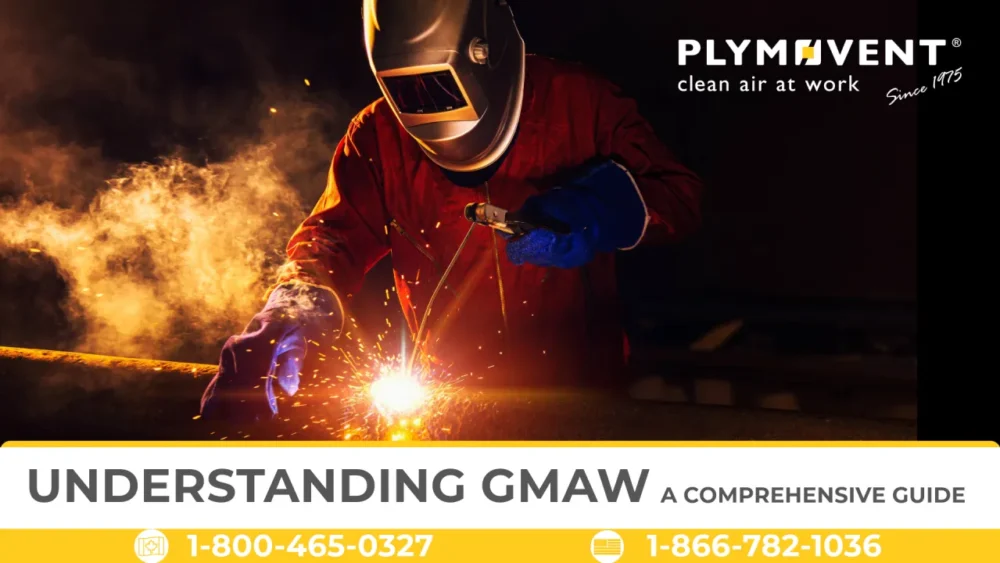Gas Metal Arc Welding (GMAW), often collectively referred to as MIG-MAG welding, is a widely used welding process in which a welding arc forms when the welding gun connects the power source to the workpiece and the feeding welding wire. This process is highly versatile and can be used on a variety of metals, including steel, aluminum, and stainless steel.
Applications of MIG-MAG welding:
- Steel Fabrication and Manufacturing: MIG-MAG welding is widely used to assemble steel beams, frames, and complicated steel structures as it is a quick and efficient way to produce high-quality welds.
- Automation and Mechanization: Widely used within the automotive industry to assemble car bodies, MIG-MAG is a great way to weld thin sheets and complex structures made of steel, aluminum, and light alloy.
- Shipbuilding: Another sector where MIG-MAG flourishes is shipbuilding, as it offers a quick and high-quality weld of hulls and other superstructures made of steel, aluminum, and alloy.
Advantages of MIG-MAG welding:
- Quality of weld: The quality of weld produced during MIG-MAG is great which results in high-quality and great-looking welds consistently.
- Versatility: Versatility is what makes MIG-MAG a top choice for welders as it can be performed on various materials like steel, aluminum, iron, magnesium, etc. that are semi or fully automatic.
- Beginner-Friendly: Because of its short learning curve, MIG-MAG is one of the first welding methods that welders learn. It is simple to learn, especially for those who have little to no welding experience.
- Weld Splatter: MIG-MAG produces minimal weld splatter, which can be easily removed.
Disadvantages of MIG-MAG welding:
- High Setup Cost: The setup cost for MIG-MAG welding is significantly higher due to the incorporation of components such as shielding gas, replacement parts, and nozzles.
- Not suitable for outdoors: Due to the use of shielding gas, MIG-MAG cannot be performed outdoors due to changing temperatures and a windy atmosphere. This puts the weld’s purity at stake too.
- Limited positions: Overhead and/or vertical welding positions would not be possible with MIG-MAG, resulting in limited flexibility.
- Not suitable for thicker metals: Due to its immense heat input, MIG-MAG welding is not the best option for thicker metals.
How Remove The Fume can help
While MIG-MAG welding can be challenging, Remove The Fume offers a wide range of equipment that can be used to tackle harmful fumes, gases, and vapors released during the welding process.
- Mobile Fume Extractors for your on-the-go tasks.
- Stationary Fume Extractors for your stationary welding activities within your workshop.
- Downdraft Tables are a combination of a workbench and a fume extractor.
- Extraction Arms with a reach of up to 4 meters to reach your intensive welding activities.
- And Many More!
One thing that makes us stand out is that we also offer custom solutions tailored to your needs and requirements. You can either contact us at +1 800 465 0327 or email us at info@removethefume.com to learn more about our products and offerings.




Comments are closed.